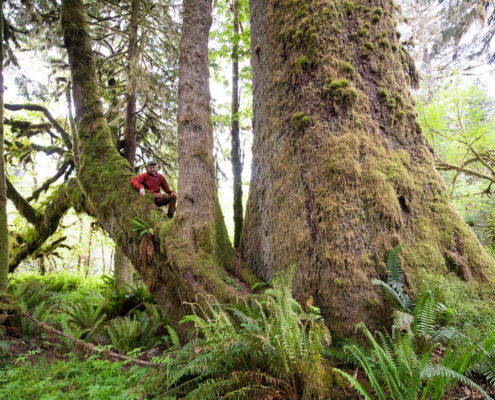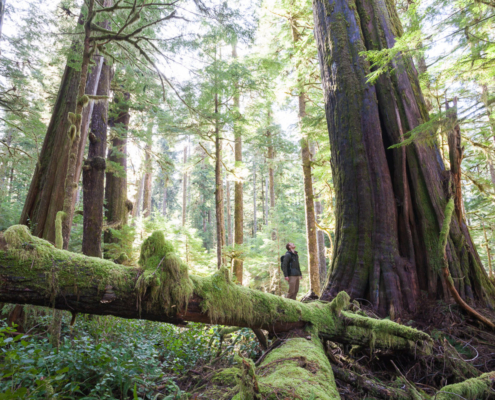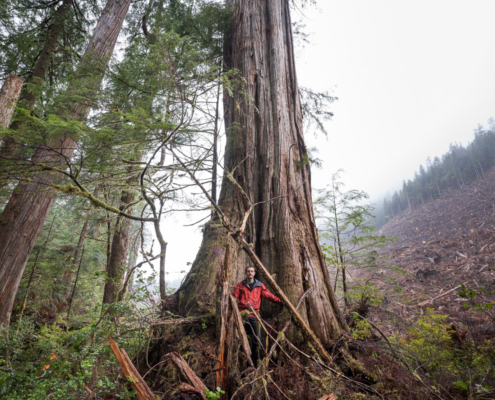
CHEK News: BC signs ‘historic’ $1B agreement to protect lands and waters
In a historic agreement between the federal and provincial governments, over $1 billion has been allocated to protect 30% of BC’s lands and waters by 2030.

Billion-dollar BC Nature Agreement will Supercharge Protected Areas Expansion across the Province
Together, the federal and BC governments have provided $1.1 billion to go toward achieving BC’s 30% by 2030 nature protection, conservation, and restoration goals via First Nations conservation agreements.

Thank you to our amazing business supporters!
We would like to extend a massive thank you to these businesses for generously supporting AFA and the old-growth campaign.

ACTION ALERT: Tell your MLA to stand up for old-growth protection and sustainable forestry jobs!
Here are the main talking points and FAQs to make contacting your MLA easy and let them know your stance on protecting old-growth forests in BC.
